DOG TRAINING OFFERED IN-PERSON AND ONLINEOur dog training services are delivered in almost any format that meets your needs. We have GROUP CLASSES at our indoor and outdoor facilities on our farm, ONLINE LIVE STREAMING classes, and SELF-PACED VIDEO-BASED training through our Online Dog Training Course. Our PRIVATE TRAININGS can be done in-home, outside, in public dog-friendly locations, at our facility on our farm, online via phone or video conferencing and through email. |
Question:
How do I teach my dog to play with his toys only and leave alone the baby’s toys?
The Trainer Answers:
For some dogs, this will be a piece of cake. For others, as with any training, it will take significantly more assistance on our part. Start by having separate areas for the dog toys and the baby toys. This might be separate floors of the house, separate rooms, or separate areas within the same room. The farther apart they are to start, the easier it will be for most dogs. When you are not training your dog to leave alone the baby toys, make sure that all baby toys are safely closed up away from your dog. If you leave the baby toy out on the floor when you leave, then it certainly must have been designated as a dog toy as far as your dog is concerned!
When you are ready to start training, you begin by teaching your dog a “leave it” cue, which means, “Whatever you are focused on, forget about it and focus on something else.” Ensure you can prevent your dog from picking up the toy you want him to leave alone. As soon as he looks at it or takes a step in that direction (don’t wait for him to actually grab the toy!), say “Leave it” and immediately redirect him to an appropriate dog toy. Make the dog toy much more interesting and inviting to him. He should be immediately rewarded for turning his attention away from the baby toy – in this case, the reward is a toy that is far more interesting and exciting.
Since it’s inevitable that baby toys will be on the floor at some point, consider finding a way to more clearly identify which toys he is to leave alone. One great way to do this is by scenting one set of toys. For example, you might decide to scent all of the baby toys with vanilla. The scent of vanilla will help the dog to learn that ANY toy scented with vanilla is off limits. Dogs can learn to leave alone specific items, but the more clearly we can identify them for him, the easier it will be. He might learn to leave alone the toy you are using for training, but then you will need to train for EVERY baby toy you have, and for each new toy you bring home. Having a commonality among them will help your dog to generalize leaving all of them alone much more easily. Since dogs use their olfactory senses for so much information, scenting items will usually be a very clear signal for the dogs, whereas having to differentiate by sight alone might be more difficult.
With proper management and training, your dog learns to leave alone anything with the scent of vanilla (or whatever scent you choose) on it. You might need to re-scent items periodically while this process is taking place, but eventually, the dog learns which toys to leave alone.
During this process, you always redirect the dog to a very fun dog toy each time the dog shows interest in a baby toy. Just telling the dog “no” or “leave it” is probably not enough at first. If the dog wants to play, and he/she can't play with the baby toy, you need to provide an alternative. You want to play? Great, just not with this toy. How about this one? Initially, start with only one baby toy and one dog toy.
When you’re ready, bring out a few more baby toys and dog toys. Set out the toys, but have the dog toys within easier reach and make them more enticing. Encourage play with those. If the dog looks at or goes for a baby toy, don't scold, just redirect to an appropriate dog toy.
With repetition, the dog begins to leave alone the scented baby toys and always selects the dog toys – which are at first always the most easily accessible. Baby toys begin to get ignored because the dog never gets the chance to play with them. And the dog toys are always made to be more exciting – you play along, you hide treats under or in them, they are thrown or moved around, etc. Gradually, you move a baby toy in closer so the dog has a tougher choice to make, but you always help the dog to make the right choice.
Our goal is to positively impact the lives of as many dogs and their families as we can, in part through our extensive library of video, infographics and text articles. |

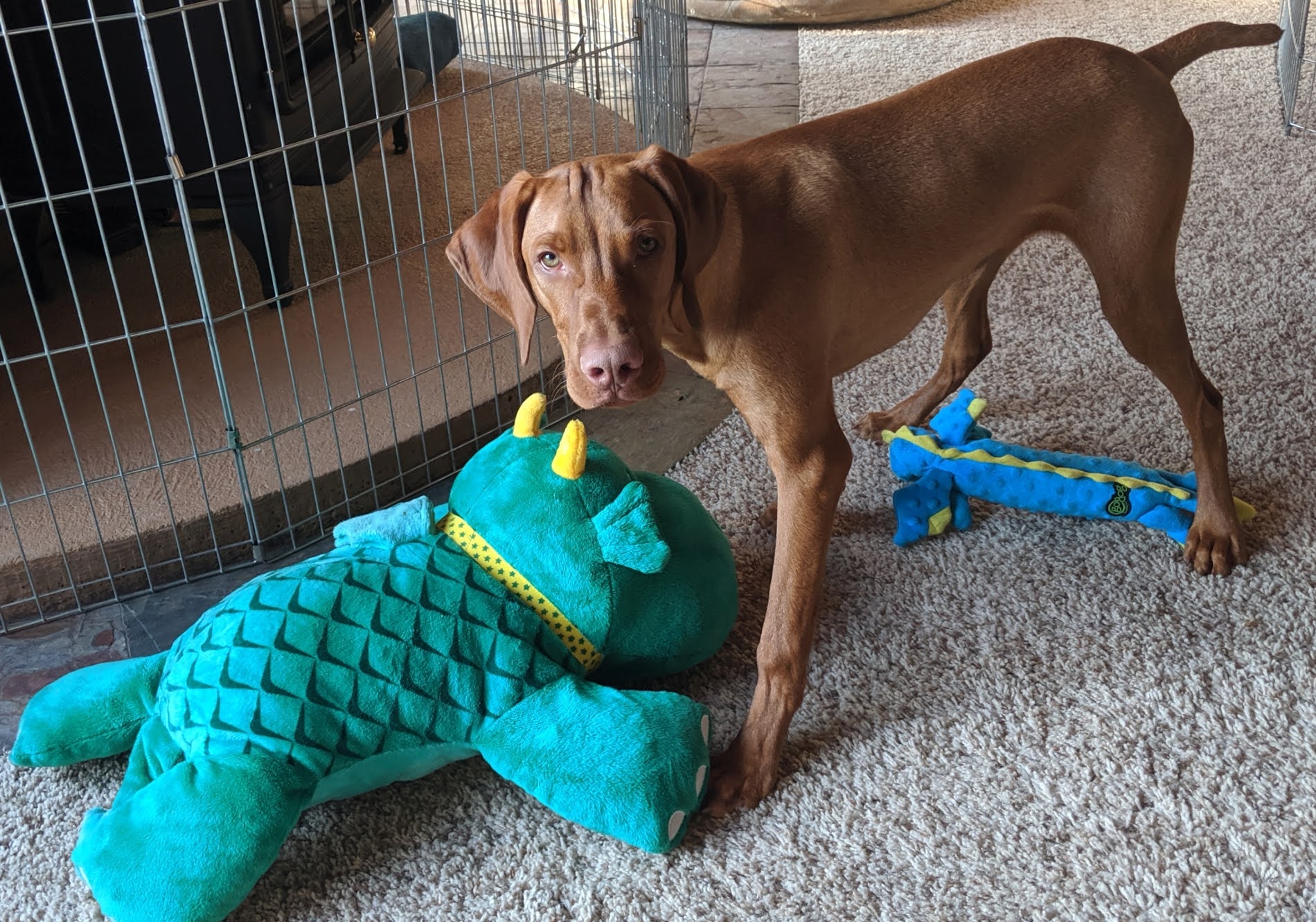
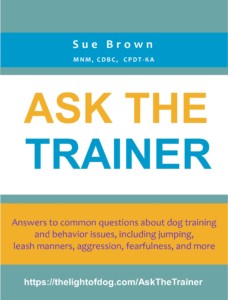
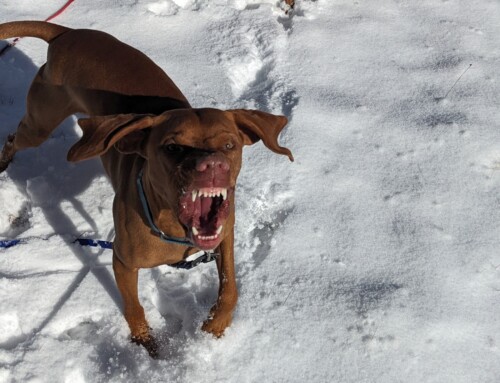
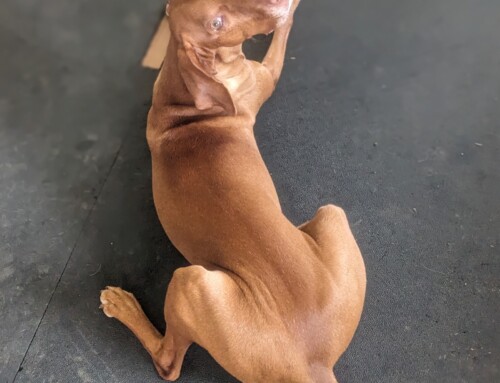
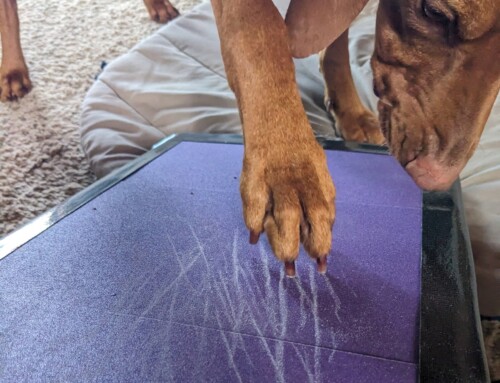
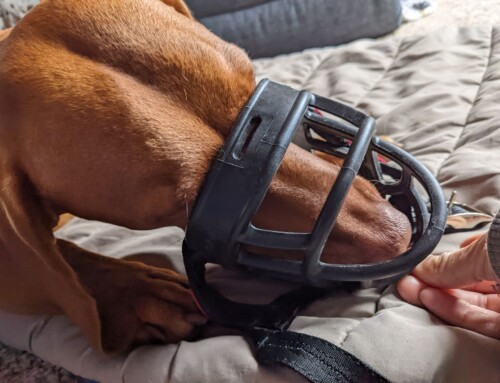
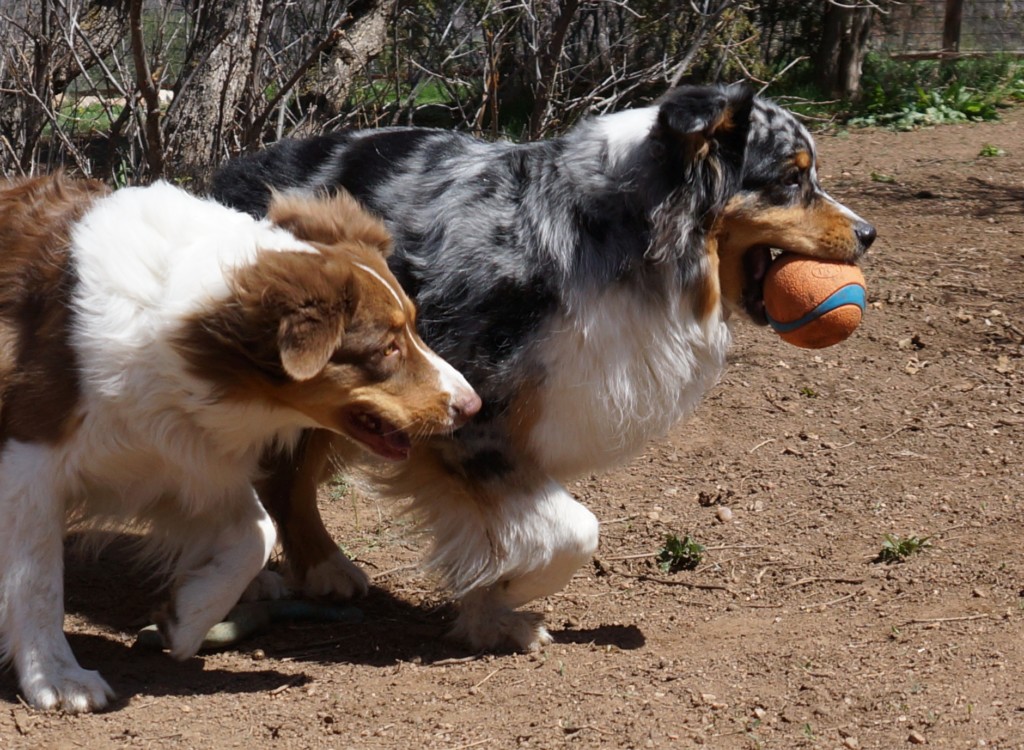

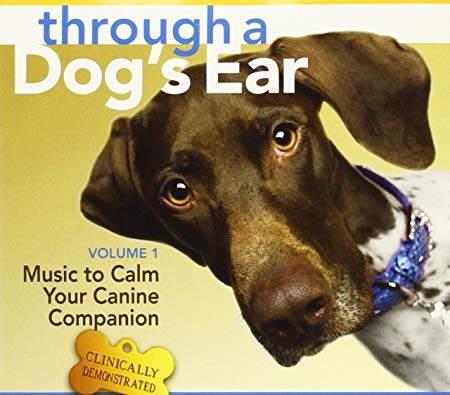

Leave A Comment